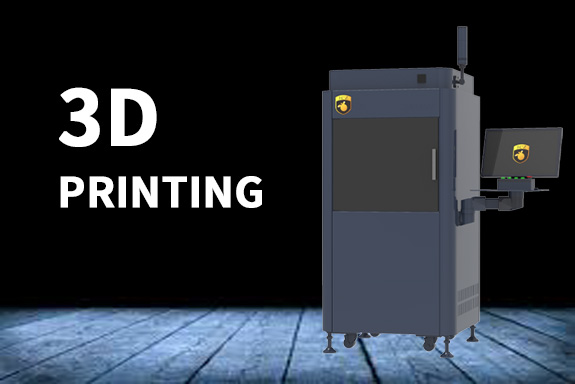The field of 3d printing has witnessed remarkable growth, offering innovative solutions for rapid prototyping and manufacturing. Whether you’re exploring plastic prototypes or high-performance metal parts, understanding the strengths of various 3D printing methods is essential to select the best 3d printer for your projects. Among these, SLA (Stereolithography), SLS (Selective Laser Sintering), and SLM (Selective Laser Melting) stand out as leading technologies tailored for different materials and applications.
SLA: Superior Detail and Finish for Prototyping
SLA technology uses a UV laser to cure liquid resin layer by layer, creating parts with smooth surfaces and fine details. It is especially suited for industries such as jewelry, dentistry, and consumer product design where precision and aesthetics are paramount. While SLA mainly caters to polymers, its high resolution makes it a top choice when appearance and surface quality are priorities.
SLS: Functional Polymer Parts with Strength and Complexity
Selective Laser Sintering (SLS) builds parts by fusing powdered nylon or other polymers using a laser. The resulting components are durable and capable of complex geometries without requiring support structures. This makes SLS ideal for functional prototypes, end-use parts, and small production runs, especially in automotive and aerospace sectors.
SLM: Metal 3D Printing at Its Best
For metal applications, Selective Laser Melting (SLM) is a breakthrough technology that fuses metal powders—like stainless steel, titanium, and aluminum—into solid, dense parts. If you need a 3d printer for steel or other metals, SLM offers unmatched mechanical properties and design flexibility. It enables manufacturers to create lightweight, strong components that would be impossible with traditional manufacturing.
How to Choose the Best 3D Printer?
Your choice depends on your material needs and part function:
-
Choose SLA for high-resolution plastic parts and prototypes.
-
Choose SLS for robust, functional plastic components.
-
Choose SLM for complex, high-strength metal parts.
With continued advances in 3D printing, these technologies are reshaping industries by reducing lead times, lowering costs, and enabling customization.









